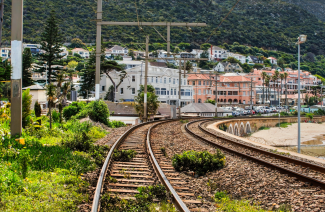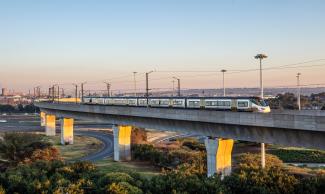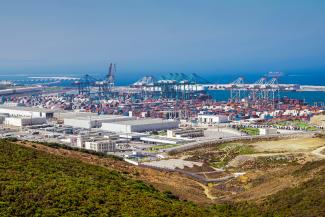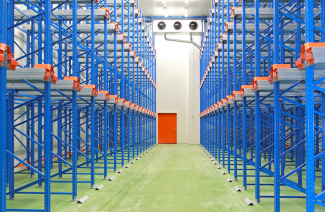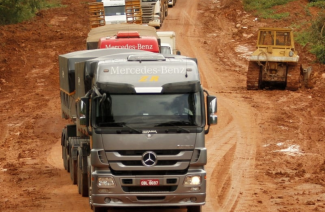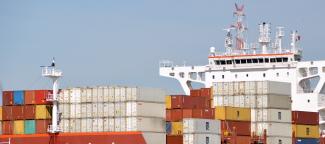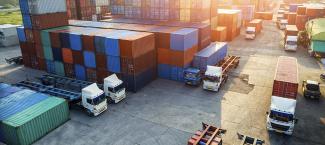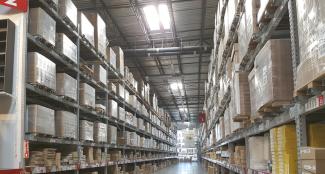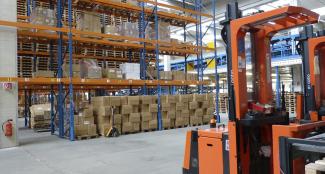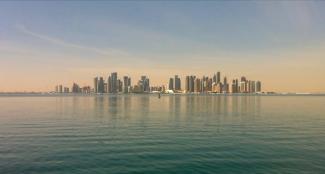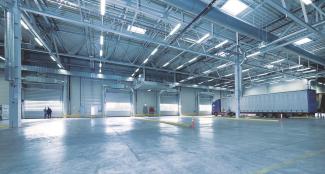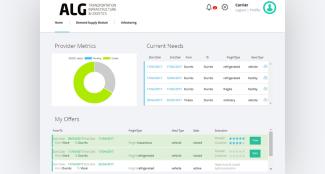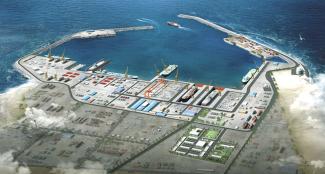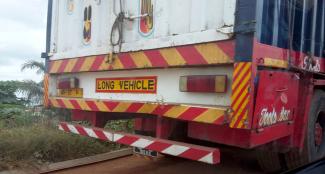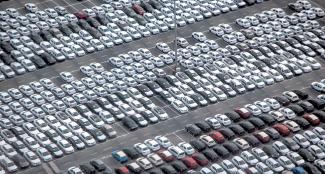Evolution of the African railway network and current status
In the early 20th century, African railways initially arose to facilitate military and commercial operations within the mining and agriculture sectors. Unfortunately, over the ensuing decades, most African railways experienced a substantial decline attributed to inadequate infrastructure and rolling stock maintenance. During the 1990s, Sub-Saharan African railways adopted fresh approaches through the introduction of Public-Private Partnership (PPP) models, with the support of multilateral institutions such as the World Bank. While these concessions effectively prevented the further deterioration that had threatened to dismantle many rail lines, several of these initiatives failed to achieve their expected outcomes.
Today, most African railways noticeably trail behind their counterparts in most other global regions, with a few notable exceptions in South Africa and Northern Africa, where countries like Morocco and Algeria already have operational high-speed rail lines or are actively constructing them. Although African railways encounter similar challenges and constraints to the railway ecosystem worldwide, the presence of unfavourable economic, technological, and institutional conditions has exacerbated the situation on the continent. Consequently, this has resulted in outdated infrastructure with notably reduced efficiency and operations clearly below international standards.
The African railway network is clearly fragmented and exhibits a notable lack of harmonization, characterized by the utilization of various standards for track gauges, regulations, electrification systems, and other technical parameters, resulting in limited interoperability and interconnectivity. Although the standard gauge (1,435 mm) is now employed in numerous new rail projects across Africa, it currently constitutes only around 20% of the total route-kilometres, primarily concentrated in Northern Africa. Additionally, most railway lines are single track and non-electrified.
At present, the existing African railway network spans nearly 85,000 km, with roughly 70% of it fully operational. This results in a low railway network density, as Africa accounts for only 8% of the world’s total railway length, despite encompassing 23% of the world’s surface area and approximately 17% of the global population.
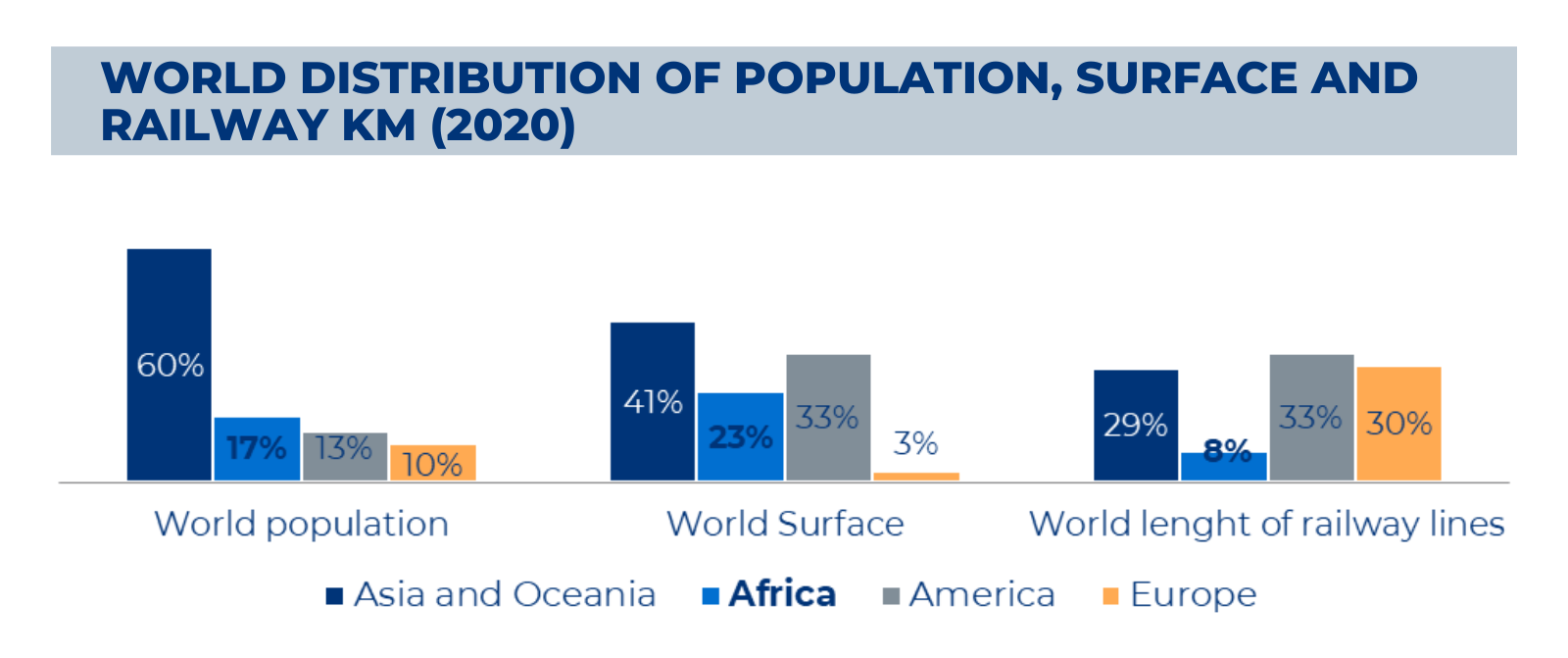
African rail transport currently handles relatively low volumes, with road transport dominating as the primary mode of transportation in Africa, responsible for about 80% of total freight and 90% of passenger transportation. This reliance on roads leads to high maintenance costs, a significant number of road accidents, and notable environmental impacts.
There is hope for the future, as Africa's ongoing economic, social, and institutional progress suggests the potential for sustained growth in the transportation sector for the foreseeable future. Particularly, significant opportunities for railway development in Africa arise from the increasing urbanisation and industrialization, the anticipated growth in transported volumes, the presence of numerous landlocked countries, and the heightened awareness of environmental and safety concerns.
However, the railway development in Africa still faces historical challenges, including the limited availability of expertise, limited financial resources, political conditions, logistical issues, competition from road transport, and interoperability challenges arising from different technical standards. Nonetheless, with concerted efforts, increased investment, and a focus on innovation, Africa's railway infrastructure can play a relevant role in the continent's sustainable development, offering efficient, eco-friendly transportation solutions and contributing to a more connected future.
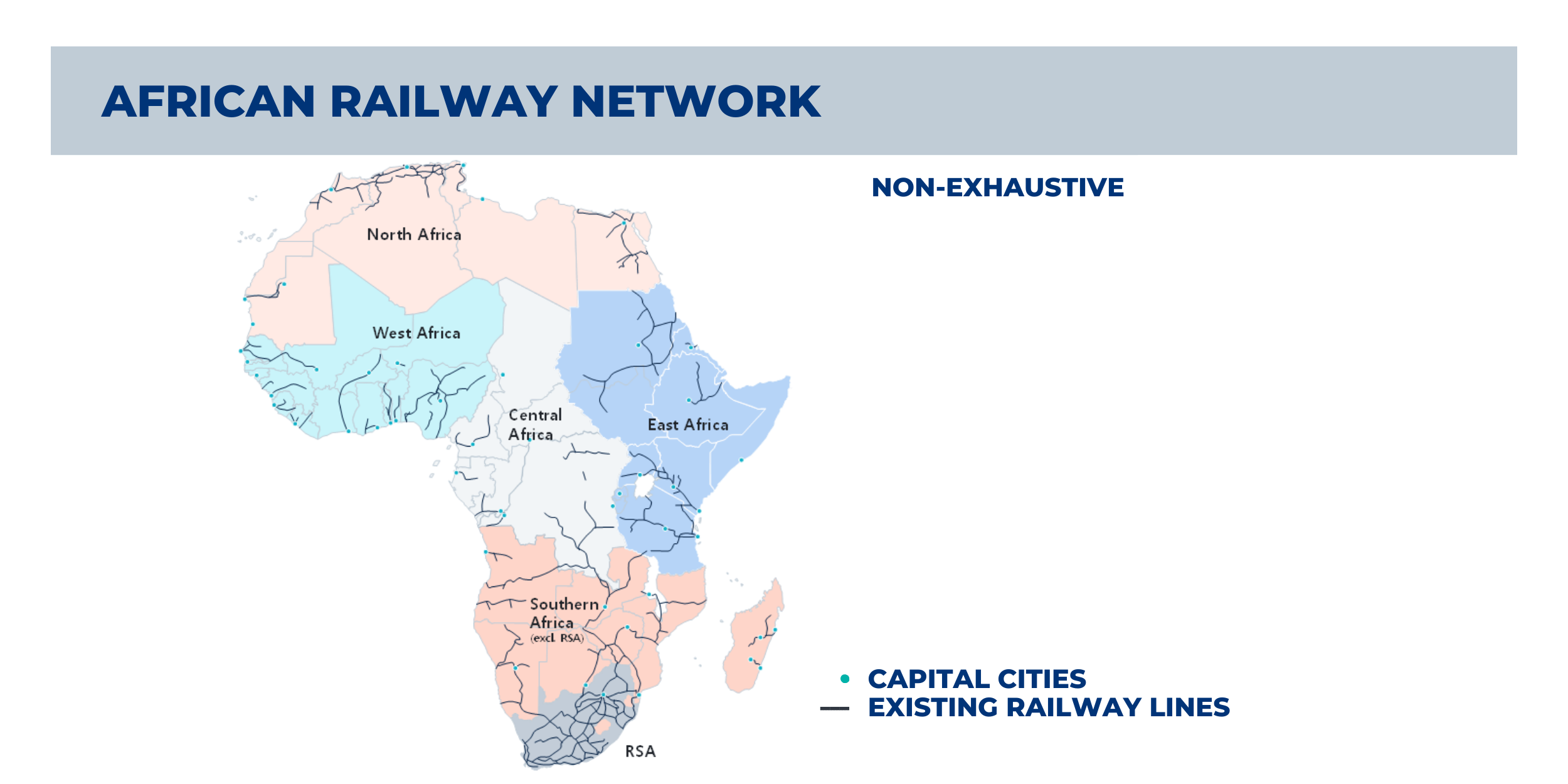
Main advantages of railway over other modes of transportation
Most African countries are already confronting the consequences of climate change. They face challenges of escalating temperatures, rising sea levels, and shifting rainfall patterns, leading to extreme events like droughts and floods. These events cause significant economic costs, hindering long-term growth, jeopardizing food security, public health, and ecosystems, and disrupting the livelihoods of both rural and urban communities. In terms of infrastructure, these events cause damage to roads, bridges, and other infrastructures, coastal inundation, and intensified structural overheating.
Many African countries are committed to implementing a range of adaptation and mitigation measures designed to reinforce their resilience to climate change impacts and support global efforts to reduce greenhouse gases (GHG) emissions. According to the International Energy Agency, transport systems contribute to roughly a quarter of global carbon emissions, resulting in substantial environmental degradation and health risks. This underscores the significance of the shift towards achieving carbon-neutral transportation, which has emerged as one of the foremost challenges confronting the world today. In this regard, many African countries are actively working to promote low emission transport systems, integrate renewable and clean energy sources into the transportation networks, and encourage the use of non-motorized transport systems in urban areas.
Rail transport offers a promising solution to reduce the overall external costs of transportation, particularly in comparison to road transport. It outperforms in terms of energy efficiency, lowered greenhouse gas emissions, reduced traffic congestion, minimized road damage, and enhanced safety. When transitioning from road to diesel railways, there can be an approximately 75% reduction in external costs. If electric railways are adopted, an additional reduction of around 11.5% is reached. It is important to note that these benefits have been evaluated using European data and, in Africa, older vehicle fleets, driving habits, and high traffic congestion may result in even higher external costs for road transport.
Energy efficiency is a major advantage of rail transport, given its capacity to move significantly larger loads compared to trucks and to connect substantial numbers of passengers between major urban nodes. This translates to lower energy consumption per unit of cargo or per passenger. For example, a single conventional train equals the capacity of 120 trucks (carrying 120 40 ft-containers) or even of 240 trucks (carrying 240 40 ft-containers) if containers are double-stacked, which is a practice that is gaining momentum in Africa.
In terms of emissions, the energy savings per unit of cargo lead to reduced vehicle emissions and greenhouse gases (GHG). Rail transport is, in fact, the most environmentally friendly mode of transportation, improving air quality, and reducing health risks for people living near transport routes. For freight transport, diesel railways can cut CO2 emissions by about 60% compared to road transport, and electric railways can further reduce emissions by 30%. In passenger transport, railways can reduce CO2 emissions by around 79% compared to road transport. It is essential to emphasize that these figures do not consider the adverse externalities linked to electricity production. However, the advantage of having fewer legacy systems in Africa is that it allows for the adoption of more innovative systems, such as the implementation of renewable energy or hydrogen-powered trains in the future. This, in turn, would further enhance the benefits of rail transport.
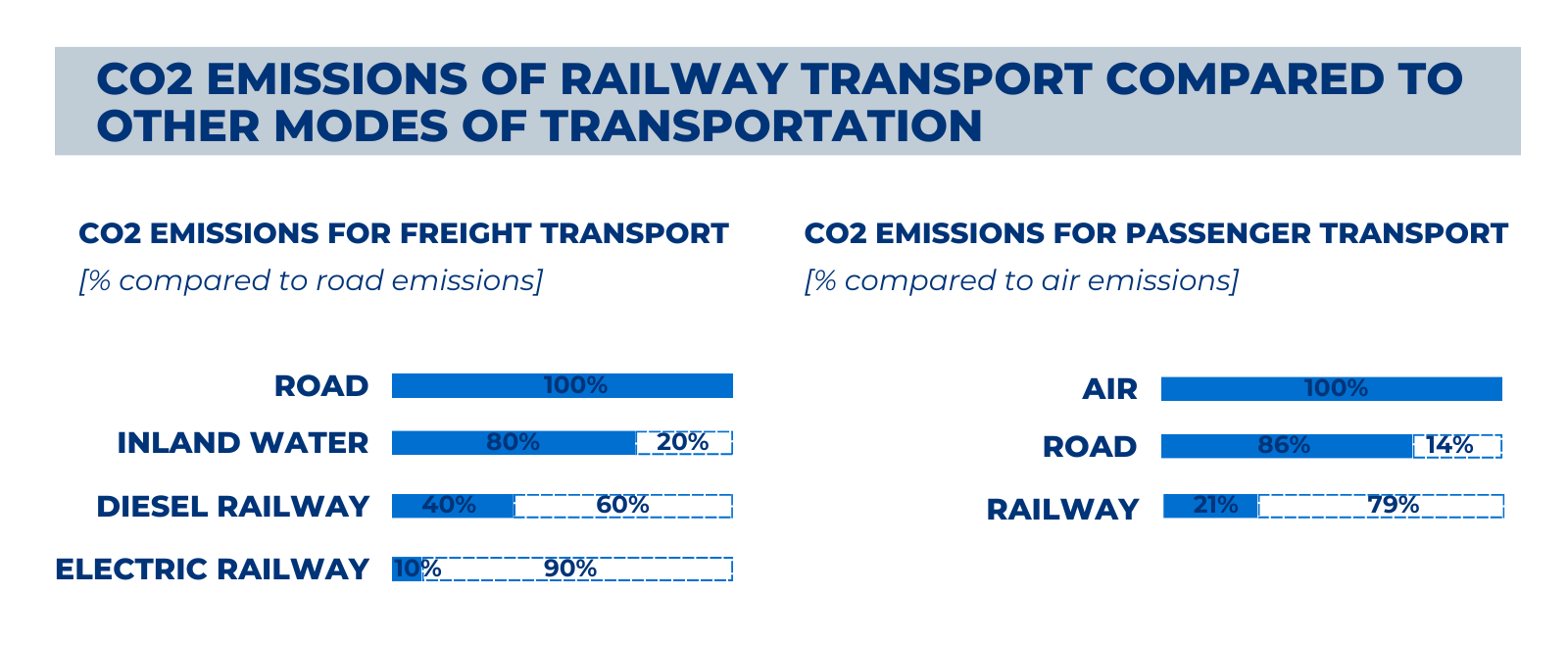
In addition, according to the International Energy Agency (IEA), rail transport accounts for 7% of global passenger-km and 6% of tonne-km but generates only 1% of transport emissions. Global CO2 emissions from rail reached a peak of 103 million tonnes in 2019 but are expected to decrease to 63 million tonnes in 2030, thanks to the boost of electric rails replacing diesel rails. Furthermore, the shift from road to rail transport leads to economic benefits by reducing road maintenance costs and because trains operating on dedicated and controlled tracks have a lower risk of accidents than trucks.
In conclusion, rail transport is widely recognized as one of the most efficient, cleanest, and most environmentally friendly modes of transporting goods. Railway infrastructure substantially reduces the carbon footprint compared to road infrastructure. Fortunately, many countries are currently advocating for railway commuter services in urban areas, and high-speed railways are promoted for medium to long distances, along with Standard Gauge Railways (SGR or UIC gauge) for cross-border corridors.
Green financing for railway project development
Many African countries have already benefited from financing for infrastructure projects provided by green or climate financial institutions. Particularly, railway initiatives are well-positioned to secure funding from climate financial institutions, primarily due to their significant role in mitigating greenhouse gas emissions. Nevertheless, the negative externalities associated with road transport make financing institutions more hesitant to support this sector.
In addition to climate financial institutions, it is worth noting the existence of Green Bonds, which is a financial instrument in the form of debt issued by public or private institutions to fund environmentally focused or climate change-related projects. This source of financing has gained significant popularity since its inception in 2007 when the European Investment Bank (EIB) pioneered the concept.
Consequently, the electric railway project not only yields environmental benefits but also represents a strategic and sustainable investment. Accessing these green funds enables project owners to address the additional costs related to electrification and other eco-friendly components of railways, setting the stage for economic development in line with global climate objectives.
Conclusions and recommendations, and ALG's ongoing efforts in this field
Africa has a substantial potential for railway development across the continent, driven by the growing recognition of transport-related externalities. In this regard, ALG is working on a set of policies concerning: project selection, project finance, private financing and institutional and regulatory framework. We fully advocate for the integration of railway financing into broader sustainable transport policies, enhancing the climate-related advantages of railway projects to facilitate access to green funding.
ALG, has an extensive expertise in assessing railway networks across Africa. Our railways tailored footprint in more than 15 African countries within Northern, Western, Eastern, Central and Southern Africa provides an excellent comprehension of the current and future challenges of the railways sector and offers the necessary know-how to support the development of railway projects across the continent.

